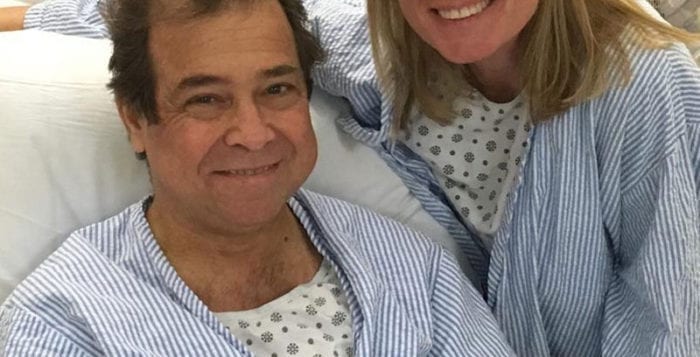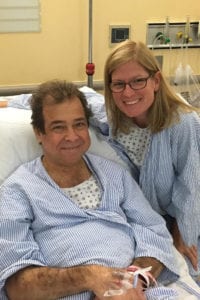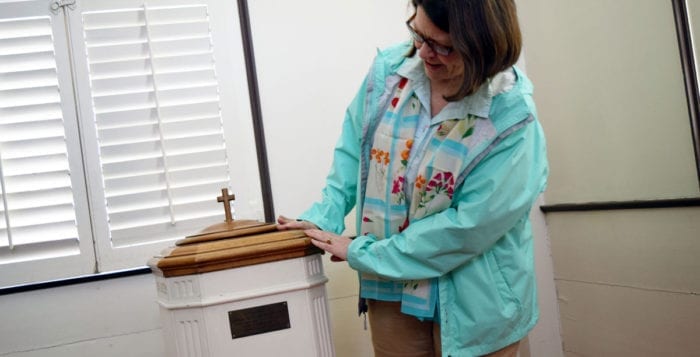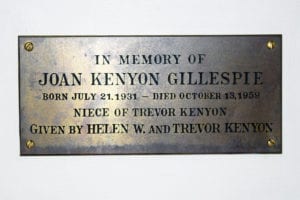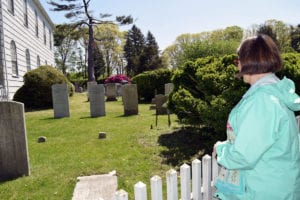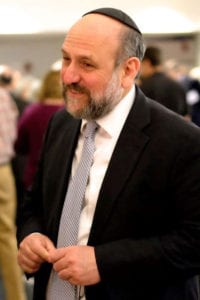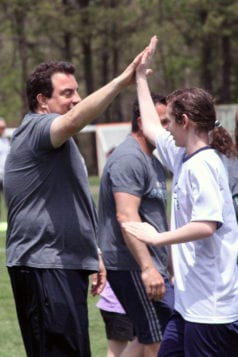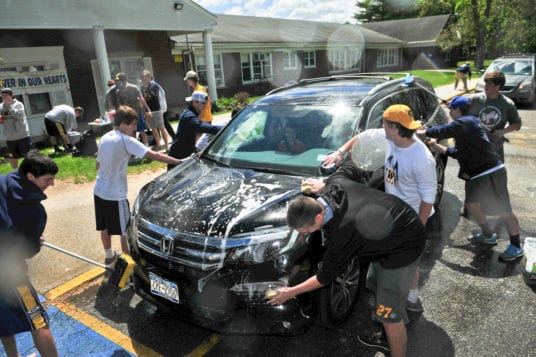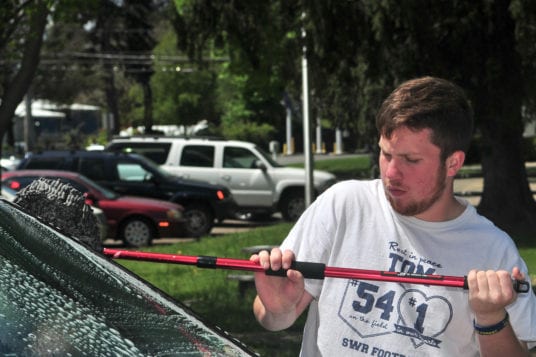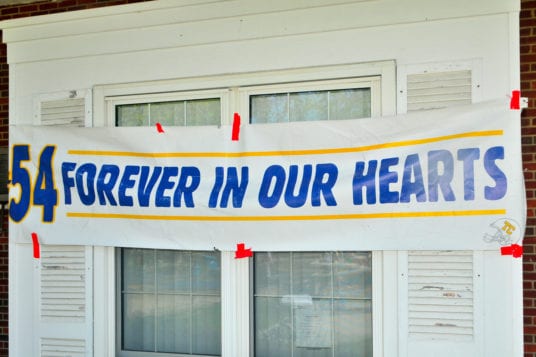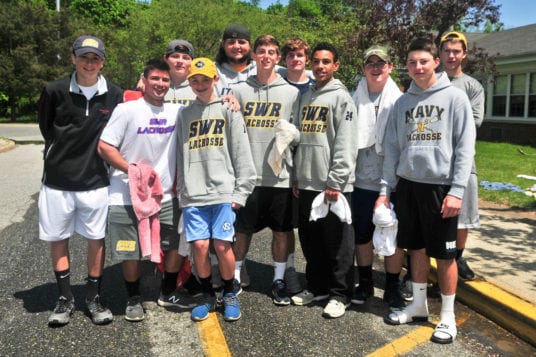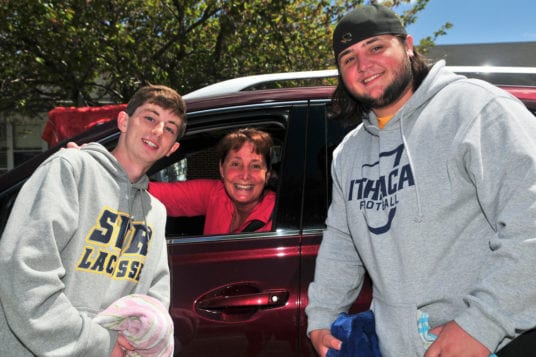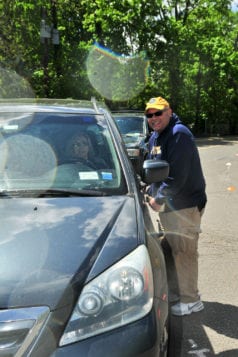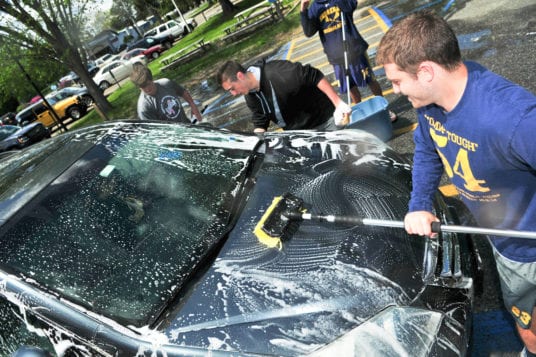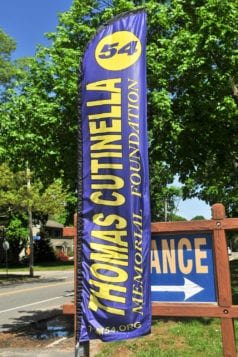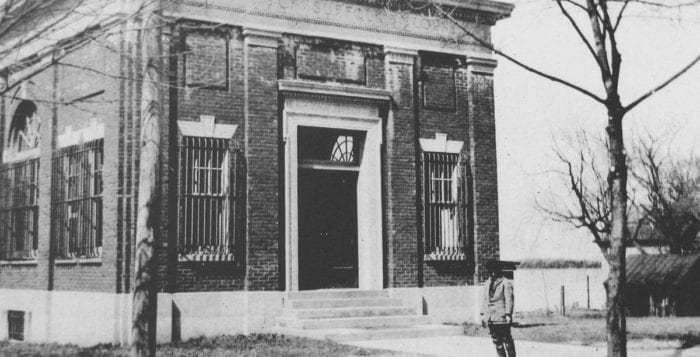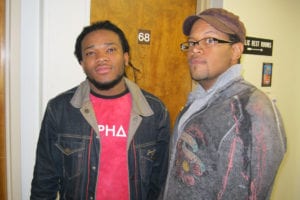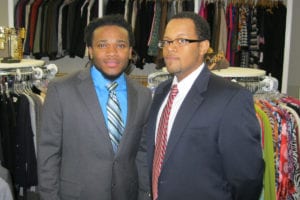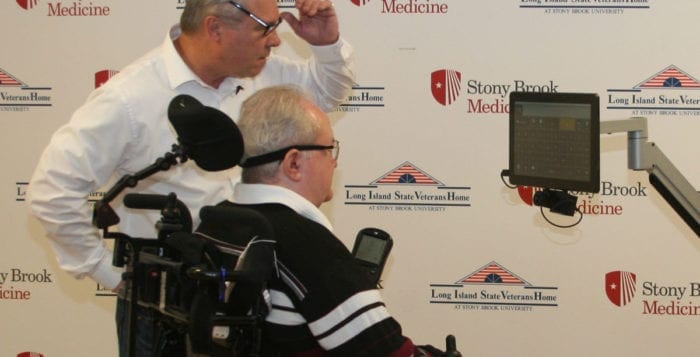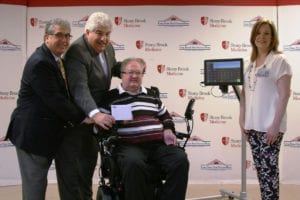By Victoria Espinoza
“Grace” did not come easy for Northport native Marisa Vitali, but she has used her struggles to help inspire others.
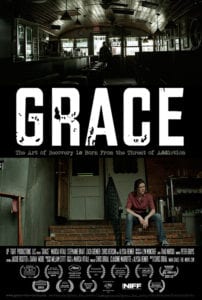
The village will be rolling out the red carpet for the premier of Vitali’s short film, “Grace,” based on her experiences battling addiction and recovery. In an interview, the filmmaker said she wanted to tell her story differently and focus more on the light at the end of the tunnel.
“I felt like a turtle without a shell, raw and emotionally exposed,” Vitali said of her struggles. “This was the story I wanted to tell in the film ‘Grace.’ Anyone can watch a film and learn how to shoot a bag of dope or smoke a crack pipe. I wanted to tell a story of hope and recovery and bridge a gap between addicts and non-addicts to start that conversation of recovery.”
The film focuses on a woman in her first year of recovery working at diner, which mirrors Vitali’s real life. She worked at Tim’s Shipwreck Diner in Northport during her first year of recovery. Vitali said she included the snapshot in her film because of how important the first days of improvement are for recovering addicts.
“The first year is the most difficult,” she said. “You’re left with fear, shame, anger and guilt.”
Vitali, who is now nearly 15 years sober, said she went to an outpatient program at Daytop Village Inc. in Huntington Station once she made a commitment to get clean, and continues to attend support meetings.
Discussing the problem is half the battle, Vitali said. She said a lot of people think addiction will never happen to them, or their loved ones, so they end up not having the information they need to deal with the struggles of substance abuse.
“Addiction is still portrayed as a taboo topic,” she said. “There is a lot of stigma attached to it. There is something to be said about how we can all be a little more compassionate for one’s struggle to overcome against all odds.”
Anthony Fernandino, chair of the Northport-East Northport Drug and Alcohol Task Force, said he hopes the film sparks a conversation about the importance of the prevention side of dealing with drug addiction.
“I felt like a turtle without a shell, raw and emotionally exposed.” — Marisa Vitali
“We want to continue to raise awareness, and provide the community with more education,” he said in a phone interview. “If we can prevent a kid or give a parent the tools they need to prevent this from happening, it is a much easier [task] than treating a kid who is already in the throws of addiction.”
He said this film could help give parents new talking points for more open conversations with their children and provide concrete examples of what to do to keep a safe and healthy environment.
This film also lines up with an ongoing battle facing Suffolk County, and the nation as a whole.
The Centers for Disease Control and Prevention reported more than 28,000 overdose deaths in 2014 as a result of heroin or opioid abuse across the United States — the highest number on record in any single year. Last year alone, Suffolk County suffered 103 fatal heroin overdoses and tallied more heroin-related overdose deaths than any county in New York from 2009 to 2013, according to the New York State Opioid Poisoning, Overdose and Prevention 2015 Report.
“Grace” was filmed at Tim’s Shipwreck Diner in the village, and Vitali said the community has been extremely supportive of this endeavor.

“It was important to shoot in Northport because it was a homecoming of sorts, and it felt like I had come full circle.”
Not only has “Grace” been received well by the community, it has also won film awards including Best Drama at the Cape Fear Independent Film Festival, the Audience Award for Best Short Film at the Long Island International Film Expo, and was selected for the short film corner in the Cannes Film Festival.
And the journey isn’t ending anytime soon for this short film.
Vitali said she is working to use the film, along with a lesson plan, as a learning tool for health classes in the Northport-East Northport school district.
“This was one of my intentions,” she said. “I wanted it to be available for educational purposes because there is not a lot of education on coming out of addiction and the recovery process.”
“Grace” will be shown at the John W. Engeman Theater in Northport on June 7 in an event hosted by the Northport-East Northport Drug and Alcohol Task Force. All proceeds will benefit Youth Directions and Alternatives, a nonprofit organization serving communities throughout Huntington by developing services and sober programs for youth in the communities.
Following the film premiere, there will be a question and answer session with Vitali and the director of the Huntington Drug and Alcohol Task Force Barry Zaks, where they will also discuss ways in which the community can work to address the issue of addiction.
The event was created for high school students, as there is some inappropriate language. Tickets for the event can be purchased at www.engemantheater.com/event/grace-premiere.
To learn more about “Grace” visit: www.grace-the-movie.com
To learn more about Marisa Vitali visit: www.marisavitali.com


